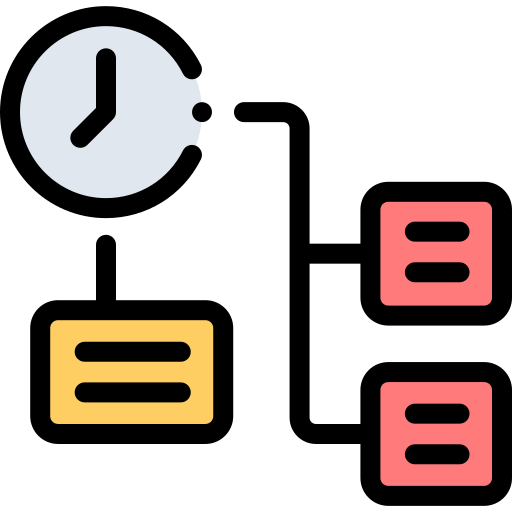Have you ever had to give feedback to a coworker to make their performance better? It can be scary!
What if they don't like what they hear, or don't get it, or even get mad?!

Don't fret! There are best practices you can follow to give your coworkers constructive feedback so they improve and continue to excel.
Constructive Feedback Has Value

It helps people:
feel supported and not criticized
get specific information to understand what they are doing right and wrong
improve their performance
Constructive feedback will:

Lead to meaningful and clear communication

Motivate and engage staff

Promote staff growth and learning

Clarify workplace expectations

Make coworkers feel appreciated

Lead to high quality results and outcomes
Deliver Constructive Feedback to a Coworker
There's a lot to think about before you dive into a feedback conversation.

Choose the right time and setting.
Plan to do it right after things happen so it's fresh in their mind.
Give them a heads up about the conversation with an email, or tell them what you're going to talk about so they can be prepared.
Giving feedback in person is best, but you can also give feedback by video, phone, or email.

Decide what you want them to learn.
Balance positive and negative comments so they hear praise and ways to improve.
Focus on what they did and the results of their actions, and not on their motives.
Focus on solutions and not blame.

Show respect, support, and professionalism.
Keep comments factual and don't personalize them.
Control your emotions so you don't act angry, frustrated, or disappointed.
Be direct and stay focused on the message you want them to get.
Encourage them to ask questions and offer solutions.
Quiz
Alex took notes during Monday's meeting and he missed a lot of important information. What should you do?
Choose a Constructive Feedback Approach
There are many feedback models. The 3 outlined below offer guidance on the type of information to include and how to deliver the messages.

These examples outline feedback to give to a new counter staff person at a coffee shop.

1. The McKinsey Feedback Model
Use this model to state observations and offer solutions:
The action or behavior you want the person to change.
The impact that their actions or behaviors had on you or the group.
A suggestion for change.
Example:
"[BEHAVIOR] When you speak a lot with each customer during the morning rush, [IMPACT] the line gets long and customers get frustrated. [SUGGESTION] It would be best if you just greet them warmly, take the order, and thank them."

2. The Stanford Method
Use this model to express more subjective comments about the person's actions. Share your preferences and offer suggestions on how to change their behavior.
You begin each part of your feedback by saying:
I like
I wish
What if
Example:
"I like that you are so friendly with the customers! But I wish that you spent less time talking with each person during the morning rush because the line gets backed up. What if you just welcome them, take the order, and thank them?"

3. SKS Feedback Approach
Use this model to point out what you think isn't working, what is working, and what they could do differently.
Stop doing
Keep doing
Start doing
"I think it's a good idea to stop talking so much with each customer in the morning because the line backs up. But please keep being friendly, because everyone likes you! Just start having short conversations by simply greeting them, taking the order, and thanking them."
Practice Giving Constructive Feedback ⚡

You were an intern before you were hired as a full-time employee. Because of your experience, part of your job is to supervise the new interns.
One of the interns has come in late twice this week. Which options below are examples of constructive feedback to give that intern?

"You've come in late a few times and other interns had to do extra work. Would it help to change your hours so you can stay late on certain days?"

"I like that you feel comfortable here, but only senior employees can have a flexible schedule. What if you just came in on time regularly?"

"You've come in late and are falling behind on your tasks. When you're on time, your work is high quality. So let's come up with solutions to get you here on time."

"When I was an intern, I was first in the office every day. Some of the other interns are complaining that you think your time is more important than theirs."
Quiz
Which options can work as constructive feedback?
Take Action
 Photo by Christina @ wocintechchat.com on Unsplash
Photo by Christina @ wocintechchat.com on UnsplashYou're on your way to being able to deliver impactful, constructive feedback! Take these next steps to learn more:
Your feedback matters to us.
This Byte helped me better understand the topic.

